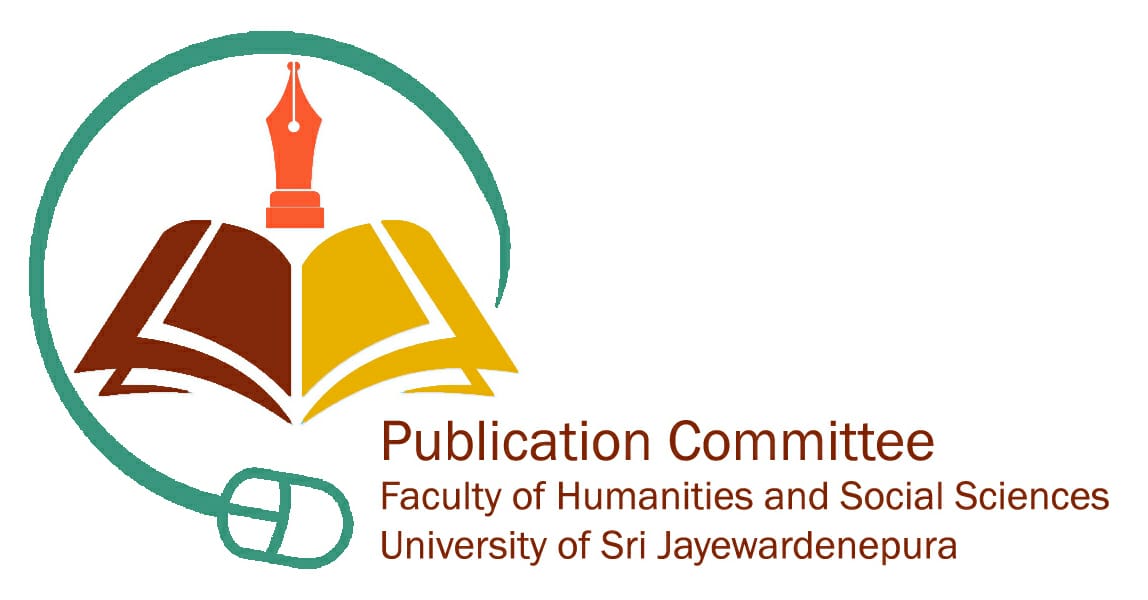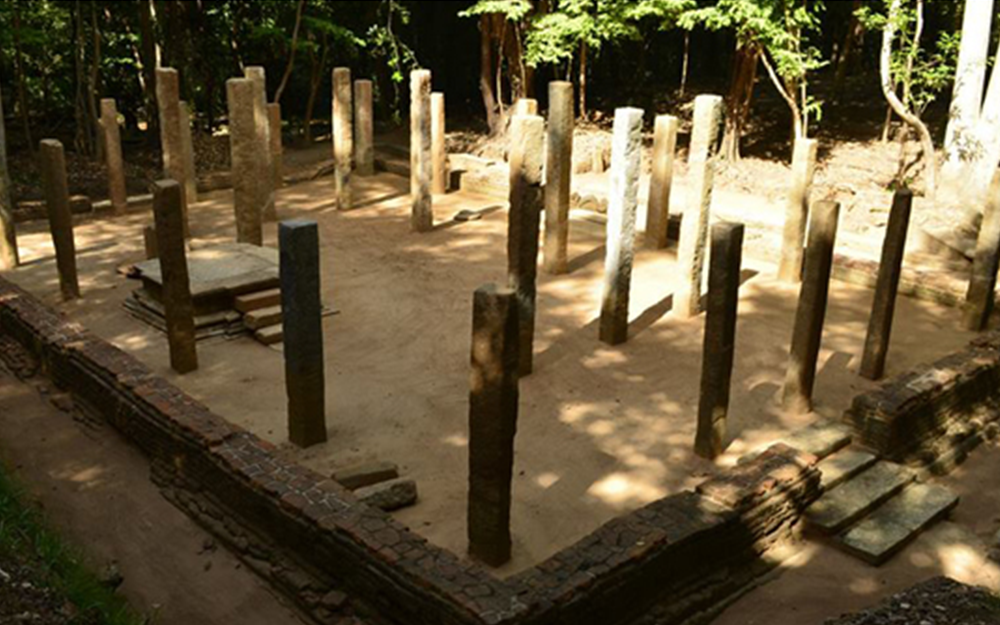Most people around the world tend to travel every year within their own countries or to other countries for different purposes. As a result of that over the past decades, tourism has become one of the largest and fastest-growing industries in the world economy with 1.4 billion international tourist arrivals and USD 1.7 trillion in export earnings in 2018. (UNWTO International Tourism Highlights 2019 Edition)
Rajagala Archaeological Monastery which has comprised of multi potentials can be known as the best example of that. Rajagala Archaeological Monastery Complex is situated in Rajagalathanna of Ampara district, is a rugged and thickly forested mountain in this sparsely populated and rarely visited place in Lanka. Usually, it is situated 1038ft above sea level and spreads over 400 hectares. Historical sources provide evidence that there was a Buddhist Monastery here in the past and Arahant Mahinda and his disciples lived here, and the body of Arahant Mahinda Thero was buried at this site.
Rajagala Monastery is an extremely important place that was hidden in the past and recently discovered. It is spread over a large area and the government has spent approximately 260 million on its conservation activities. Mainly Rajagala Monastery is ideally positioned to welcome different types of tourists like heritage tourists, cultural tourists, archaeological tourists, religious tourists, zoological tourists, nature tourists, etc. with more biodiversity, rich heritage culture, eco attractions, etc.
Due to its high uniqueness, it is also on the recommended list of UNESCO World Heritage sites and top tourist hotspots including Arugambay beach, Kumana National Park, and Buddhangala Monastery, which is available vicinity of Rajagala Aramic Complex. As this destination has multipotential, the tourists who arrive at this place can get all the tourist experiences at the same time. Due to various reasons, a variety of tourism trends are emerging from time to time. Some of the key trends that have emerged in recent periods are highly important in promoting Rajagala Monastery as a tourist destination.
After Covid 19 pandemic European tourists in Italy, France, Germany, Netherlands, etc. focused more on spiritual tourism especially based on Buddhism. Accordingly, multiple generations within one family going on holiday together and lengthier holidays are rising rather than in earlier years. Also, the concept of Sustainable Tourism was formed recently, along with the global concept of Sustainable Human Development and Regenerative tourism is emerging along with this concept. Likewise, new target groups are also popular among the young generations. As well as they highly want to engage with locals and local cultures like religious festivals, cultural events, and traditional activities. Exactly, those growing trends and demands bring more positive opportunities for making this place a tourist destination.
Especially, promoting the hidden Rajagala Archaeological Monastery as a tourism product is very important. Mainly, the significance of promoting this can be described under three dimensions namely economic, socio-cultural, and environmental. According to the statistics of the Census of Population and Housing in 2017, 73.1% of candidates (29.6% from O/L and 43.5% from A/L) failed in the Ampara district. Furthermore, its 2020 statistics state that 6.1% suffered from unemployment.
However, by promoting Rajagala Monastery as a tourist destination, direct, indirect, and induced job opportunities will generate, and in parallel, the government revenue also goes up. It will become a good opportunity with high economic benefits to the worst financial crisis the country has faced like never before. The infrastructure facilities of that area and the quality of locals’ lives will be improved. Also, then the historical monuments, ruins, and buildings of Rajagala Monastery will be preserved, and all these beneficiaries will enhance the destination’s pride, image, and awareness among communities.
Promoting Rajagala as a tourist destination is not easy as it is still an untapped tourist destination. Accordingly, low levels of publicity and promotion of the destination, insufficient government intervention, less destination awareness, language barriers, and absence of tourist-centric activities are some of the key challenges faced by Rajagala Monastery when promoting as a tourist destination.
K. Sachethana Kavindi
Buddhist Heritage and Tourism
Department of Pali & Buddhist Studies
References:
Silva, S., (2020, December). Eastern Province Tourism: Discovered in Boundless Diversity. Retrieved from ResearchGate: https://www.researchgate.net/publication/347439994_Eastern_Province_Tourism_Endless_Discoveries_in_Boundless_Diversity
Rev. Sumangala, P., (2016, January). A study of potentials and possibilities in promoting the Rajagala archaeological site for domestic and foreign visitors as a minor tourist attraction. Retrieved from ResearchGate: https://www.researchgate.net/publication/361208705_A_study_of_potentials_and_possibilities_in_promoting_Rajagala_archaeological_site_for_domestic_and_foreign_visitors_as_a_minor_tourist_attraction
Permanent Delegation of Sri Lanka to UNESCO, (2020, February). Ancient Ariyakara Viharaya in Rajagala Archaeological Reserve. Retrieved from UNESCO World Heritage Conservation: https://whc.unesco.org/en/tentativelists/6454/
Ismagilova, G., Safiullin, L., & Gafurov, I., (2015). Using historical heritage as a factor in tourism development. Retrieved from ScienceDirect: https://www.sciencedirect.com/science/article/pii/S1877042815021485?ref=pdf_download&fr=RR-2&rr=772a2f1b9eb1b309
SAARC Cultural Center-Sri Lanka, (2014). SAARC RESEARCH PROGRAMME ON CULTURAL HERITAGE TOURISM AND SUSTAINABLE TOURISM DEVELOPMENT IN ASIA. Retrieved from SAARC: http://saarcculture.org/wp-content/uploads/2016/02/book-of-abstract_chtsd.pdf
Sivanandamoorthy, S., (2016, December). Tourism Governance for Sustainable Heritage Tourism in Sri Lankan Heritage Destinations. Retrieved from Federation Research Online: https://core.ac.uk/reader/213005820






